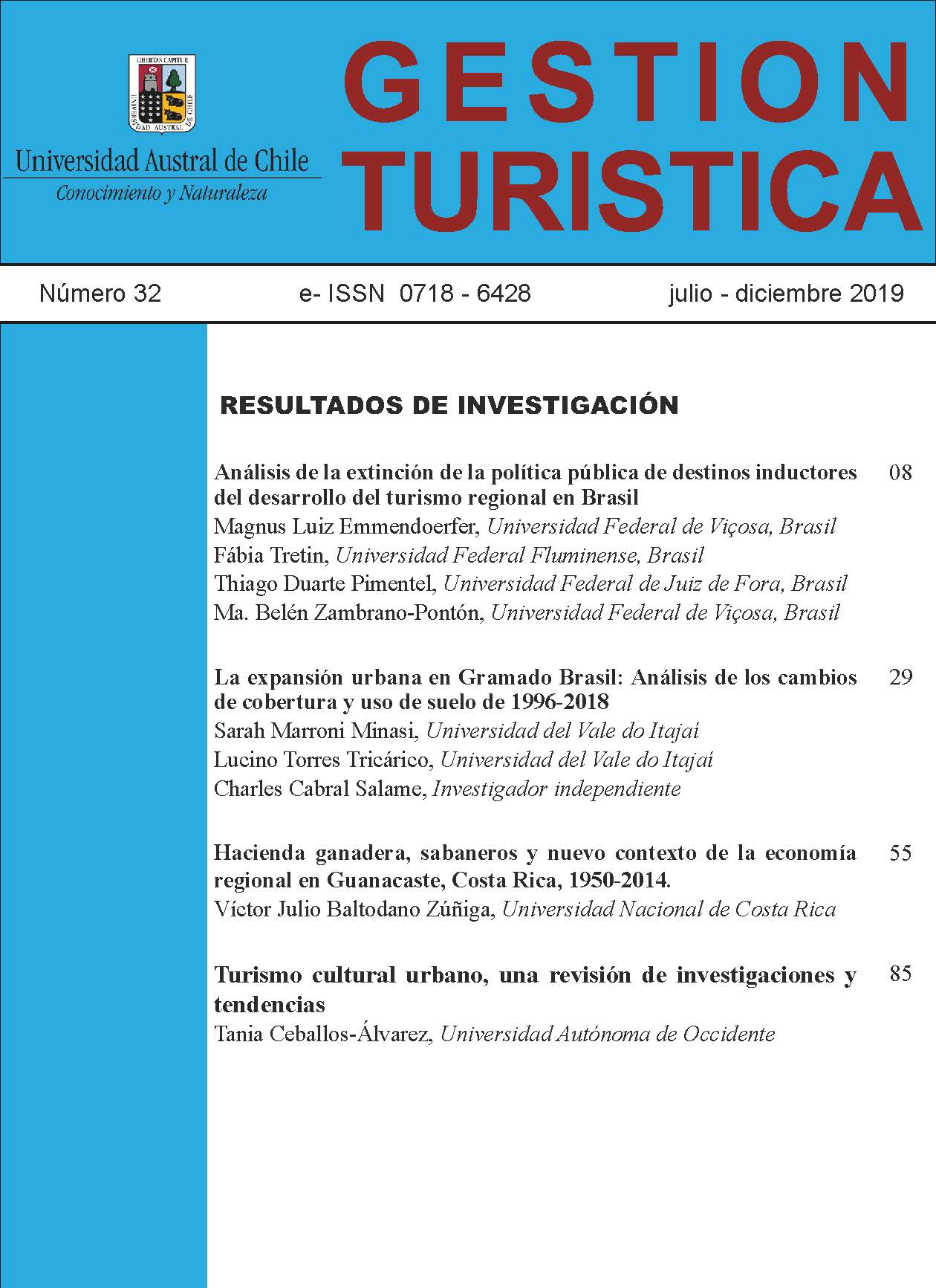HACIENDA GANADERA, SABANEROS Y NUEVO CONTEXTO DE LA ECONOMÍA REGIONAL EN GUANACASTE, COSTA RICA, 1950-2014
Contenido principal del artículo
Resumen
Este artículo tiene como objetivo estudiar la transformación de la cultura de los sabaneros (vaqueros) guanacastecos a partir del nuevo contexto de la economía regional, que a su vez, impacta a la hacienda ganadera de la provincia de Guanacaste. Para el estudio se utilizó una metodología cualitativa basada en relatos de vida de los sabaneros. Se realizaron un total de 26 relatos entre 2012 y el 2014.Dentro de los principales hallazgos del estudio se tienen los siguientes: La cultura del sabanero se construye al interior de la hacienda a finales del siglo XIX y principios del XX; sin embargo, el desarrollo de las fuerzas productivas, la lucha por la tierra provoca una fragmentación de la hacienda, esto conlleva a contradicciones entre los mismos sabaneros, de estos con los campesinos y a contradicciones de clases; la fragmentación reduce el tamaño de la hacienda, y la entrada del capitalismo más de lleno en lo agropecuario conlleva poco a poco a transformaciones en la cultura del sabanero. Estas transformaciones hacen que coexistan los sabaneros tradicionales; los transformados que trabajan en fincas pequeñas, los que se vinculan al turismo para explotar su imagen y los que asumen esa cultura como un estilo de vida sin trabajar directamente como sabaneros.

